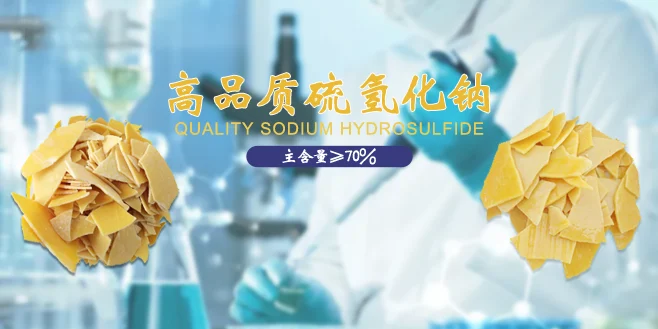
Background
In the petrochemical industry, refineries typically produce acidic gases during processing operations such as vacuum distillation and catalytic cracking. These acidic gases generally consist of 85%-95% hydrogen sulfide, 3%-10% carbon dioxide, 2%-5% organic gases, and 0.5%-3% other components. Small and medium-sized refineries usually use a 30% caustic soda solution to absorb the acidic gases generated during refining. Caustic soda reacts with hydrogen sulfide to form Sodium Hydrosulfide. When the sodium hydrosulfide concentration in the solution reaches 30%, the solution is further concentrated. After dehydration and concentration, the sodium hydrosulfide content in the solution can reach 70%, and the sodium hydrosulfide is then processed into slices.
However, the presence of carbon dioxide in the acidic gases generates sodium carbonate impurities during the treatment process, which affects the purity of the sodium hydrosulfide product. Additionally, using an open rolling slicer to slice the molten sodium hydrosulfide can lead to oxidation reactions with oxygen in the air, producing thiosulfate, which is prone to deterioration and difficult to store. Open slicing also tends to release irritating gases, contaminating the production environment.
Operating Method
1. Centrifugal Separation:
Transfer the sodium hydrosulfide concentrated solution from the concentration tank to a horizontal screw centrifuge for separation, obtaining crystallized salt and molten monohydrate sodium hydrosulfide.
2. Vacuum Insulation and Cooling:
Send the molten monohydrate sodium hydrosulfide, after crystallized salt separation, to a vacuum insulation tank for heating. Then, pump it into a vacuum paddle cooler for cooling and solidification into thin sheets.
3. Automatic Bagging:
The sodium hydrosulfide sheets are discharged through a star valve into an automatic bagging machine for packaging.
Further, the purification method for sodium hydrosulfide includes the following steps:
1. Transfer the sodium hydrosulfide concentrated solution from the concentration tank to a horizontal screw centrifuge for separation, obtaining crystallized salt and molten monohydrate sodium hydrosulfide.
2. Send the crystallized salt obtained from centrifugation to a dryer, where it first undergoes dehydration in the heating section of the upper layer of the dryer, and then enters the cooling section of the lower layer for cooling before being collected as a water treatment agent for later use.
3. The molten monohydrate sodium hydrosulfide, after the crystallized salt separation, is sent to a vacuum insulation tank for heating. It is then pumped into a vacuum paddle cooler for cooling and solidification into thin sheets.
4. The sodium hydrosulfide sheets are discharged through a star valve into an automatic bagging machine for packaging.
5. The gas phase extracted from the vacuum insulation tank and the vacuum paddle cooler is treated through a waste gas treatment system.
Conclusion
This method first separates the mixed crystallized salts, such as sodium carbonate, from the sodium hydrosulfide concentrated solution. Then, the molten monohydrate sodium hydrosulfide is directly solidified into thin sheets using a vacuum paddle cooler. Finally, the product is packaged using an automatic bagging machine. The concentration of sodium carbonate impurities in the product is reduced from 2.4% to 0.3%. The cooling process is conducted in a negative pressure environment, which reduces the likelihood of sodium hydrosulfide coming into contact with air and undergoing oxidation, effectively preventing product deterioration. The use of a fully enclosed system for the purification of sodium hydrosulfide ensures that no irritating gases are released during the process, avoiding secondary pollution to the environment. The sodium hydrosulfide sheets are directly bagged, preventing contamination during storage. Additionally, this invention features a simple method, requires minimal equipment, and has low costs.
- Random Content
- Hot content
- Hot review content
- Toxicity Assessment of Sodium Cyanide and Relevant Hazard Prevention Measures
- High Quality Sodium silicate 99% Water glass
- Sulphuric Acid 98% Industrial Grade
- Colloidal emulsion explosive
- 99.5% min Ammonium Chloride For Industrial Use
- Pine oil 85% High Quality Pinitol oil 85% Light Yellow To Colorless Oily Liquid
- Dodecylbenzenesulfonic acid
- 1Discounted Sodium Cyanide (CAS: 143-33-9) for Mining - High Quality & Competitive Pricing
- 2Sodium Cyanide 98% CAS 143-33-9 gold dressing agent Essential for Mining and Chemical Industries
- 3Sodium Cyanide 98%+ CAS 143-33-9
- 4Anhydrous Oxalic acid 99.6% Industrial Grade
- 5Soda Ash Dense / Light 99.2% Sodium Carbonate Washing Soda
- 6Oxalic acid for mining 99.6%
- 7Calcium hydroxide Industrial Grade 90%
- 1Sodium Cyanide 98% CAS 143-33-9 gold dressing agent Essential for Mining and Chemical Industries
- 2High Quality 99% Purity of Cyanuric chloride ISO 9001:2005 REACH Verified Producer
- 3 High-Quality Sodium Cyanide for Leaching
- 4Powdery emulsion explosive
- 5Industry Grade Electron grade 98% Sulfuric Acid H2SO4 Sulphuric Acid Battery Acid Industrial Sulfuric Acid
- 6Colloidal emulsion explosive
- 7sodium hydrosulfide 70% flakes used Mining Industry


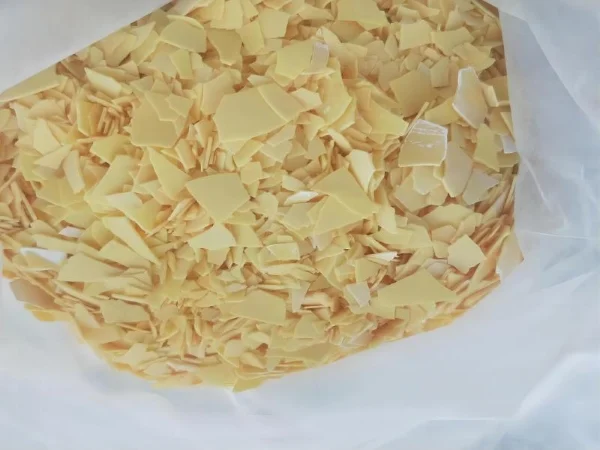
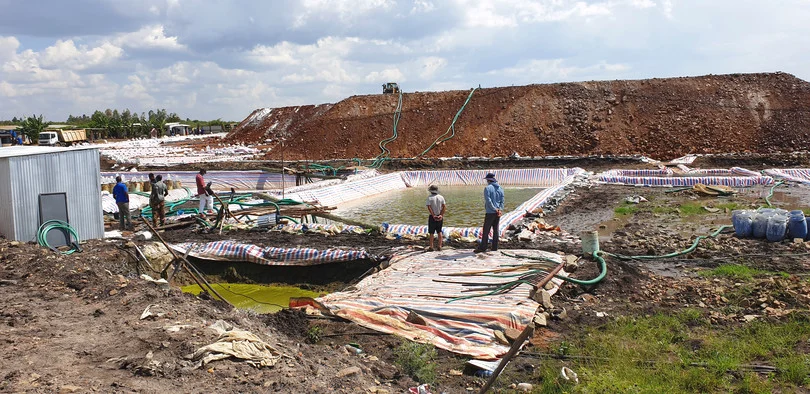



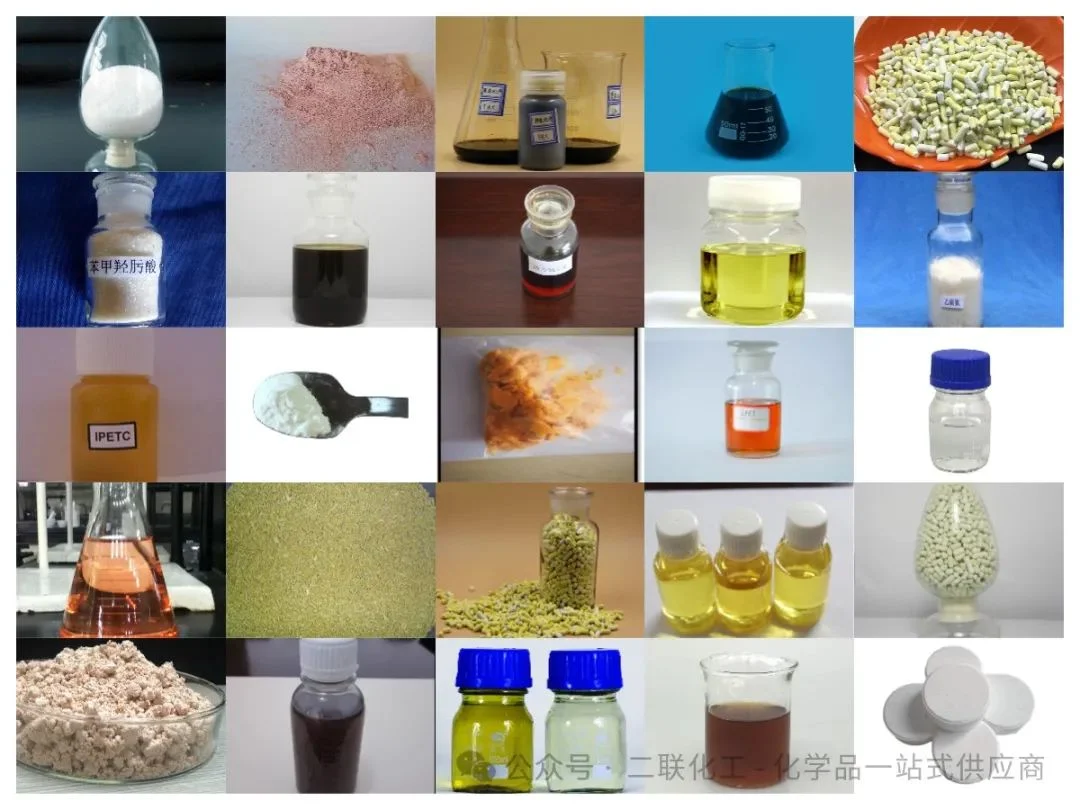
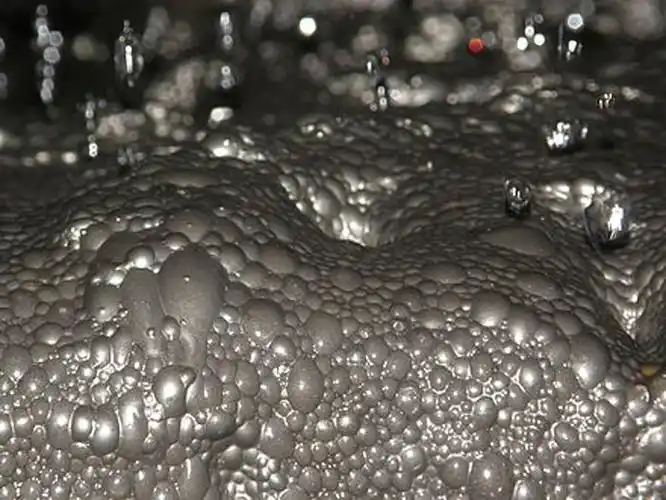



Online message consultation
Add comment: